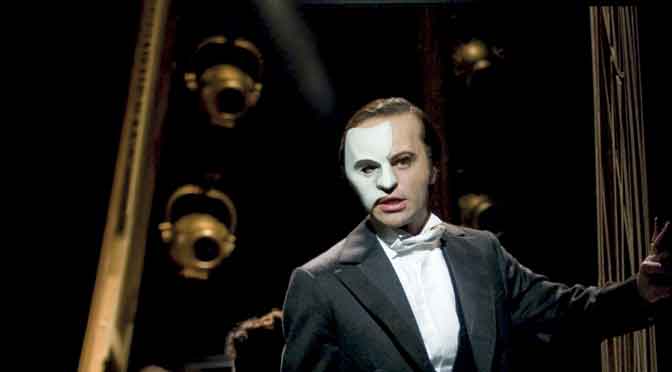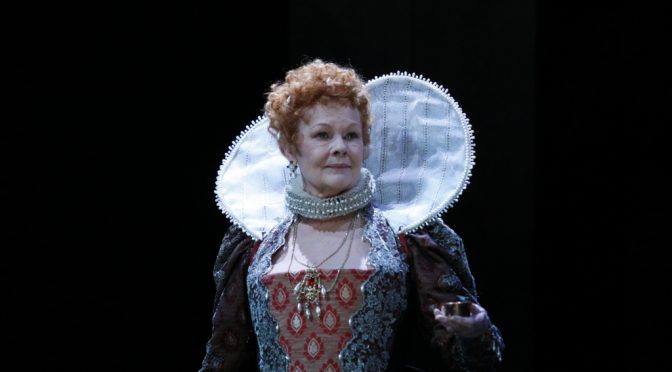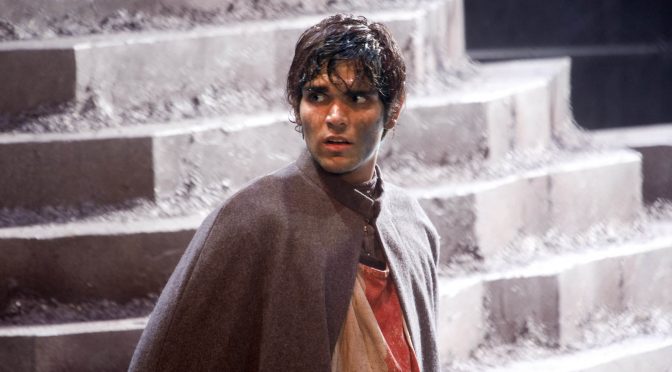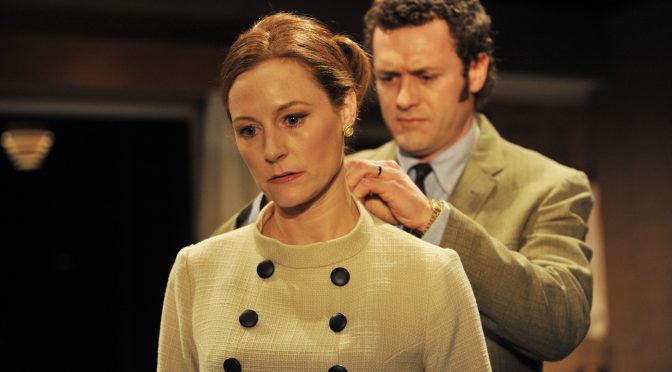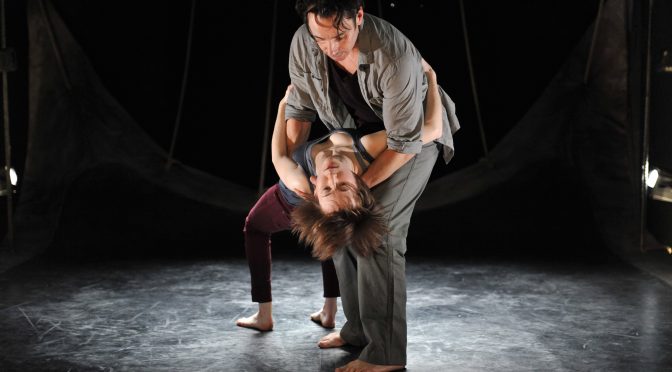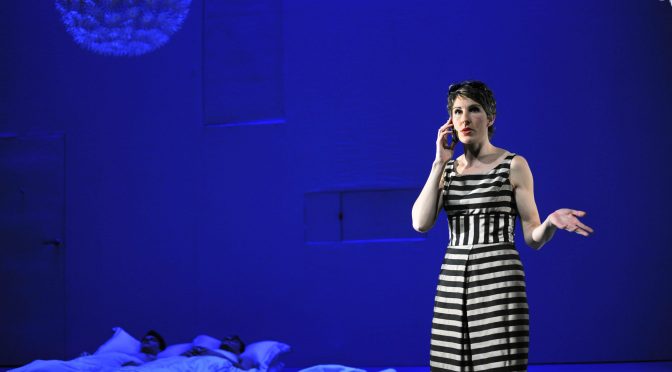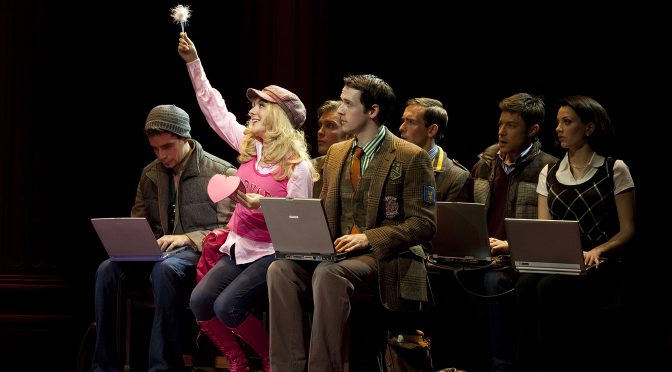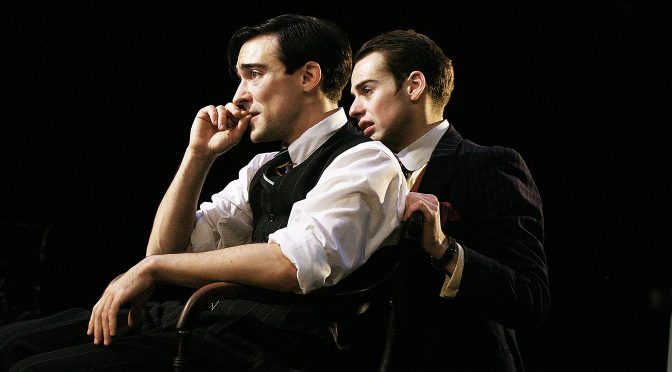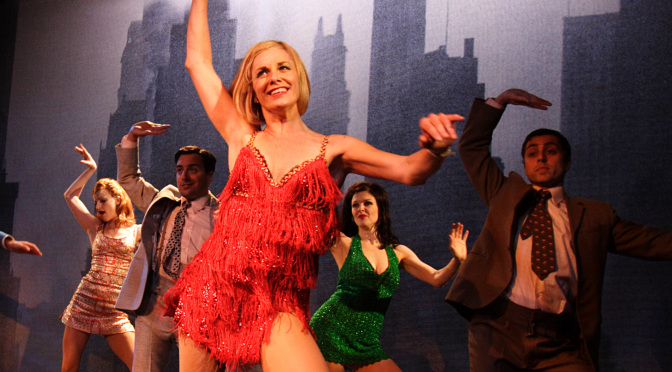When a theatre’s bar staff wear waistcoats embroidered with the show’s name, it seems pretty clear that the producers are hoping for a limitless run. No question, then, that Love Never Dies, Andrew Lloyd Webber’s sequel to the phenomenally successful Phantom of the Opera, represents a major investment. A lot rests on it and the critics know this. More vitally, so does the audience. Before curtain up, there is a palpable sense of expectation in the auditorium, and, perhaps unusually, a wish that all should go well. This is a crowd eager to enjoy itself and, I am pleased to report, it gets what it wants.
Love Never Dies takes place a decade after Phantom and has been 20 years in the making. Maybe the world is more complicated now, certainly this show is more nuanced than its predecessor. The book, by Lloyd Webber and Ben Elton, does not simply replicate the story we already know, although many of the dramatic devices common to musicals are present: a theatrical setting (moved from the Paris Opera to a show on Coney Island), a battle for the love of a beautiful woman and even a prologue that sets the scene for tragedy. Lloyd Webber knows his trade, and these are all highly effective crowd pleasers.
The fairytale romance of Christine and Raoul has turned sour; indeed it was never as perfect as we were led to believe. No longer an isolated genius, the Phantom is now a successful impresario. He blindly relies on the devotion of his followers from Paris, Madame and Meg Giry. These roles demand a great deal from the cast – there are no pantomime villains here or Disney heroics.
The devotion of the Girys may seem inexplicable, but Liz Robertson and Summer Strallen convince. Raoul is now a drunken gambler but Joseph Millson manages to convey the charm his character once had. Sierra Boggess’s Christine is torn between the commitment she has to her family and the passion for her art and former tutor. Here we have the biggest change. Ramin Karimloo’s portrayal of the lead may be thought too likeable – less phantom, more friendly ghost, but while some tension is sacrificed, it is more than compensated for with an emotional pay off. The Phantom is human and has dreams of being loved.
This is to leave the best until last – Lloyd Webber’s typically strong score. His characteristic eclecticism moves from vaudeville numbers to a haunting child role reminiscent of Britten. The predominant note is a Romantic one, with wonderful strings and bold orchestration. Music and production alike are confident and assured – this is a surprisingly intimate West End musical with a series of close-up scenes.
Cleverly, the anticipation surrounding Love Never Dies is put to good use. As Meg worries about her performance, her colleagues predict that her audience will applaud before her song is through – a prophecy happily fulfilled before Karimloo’s fantastic opening number is completed. The plot hinges on whether Christine, contracted to sing by the Phantom, will perform for him. The result is a grand theatrical moment reminiscent of Sunset Boulevard’s Norma returning to a film set or Evita stepping out onto her balcony. As Boggess performs the title in impressive operatic style, the audience becomes part of the drama – participants in the play itself as her rapturous reception on Coney Island is replicated in London’s Adelphi.
Combine this score with such an accomplished cast and you have a winning formula. Add superb production values and you hit the jackpot. Jon Driscoll’s video projections are breathtaking. Wonderful art nouveau sets and costumes by Bob Crowley are used with surprising restraint as director Jack O’Brien focuses attention on a story and emotions that are potent enough. This is a production all involved in should be proud of and attendance for Londoners should be compulsory. Let’s hope those waistcoats have plenty of wear in them…
Photo by Catherine Ashmore
Written 11 March 2010 for The London Magazine

